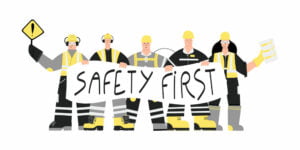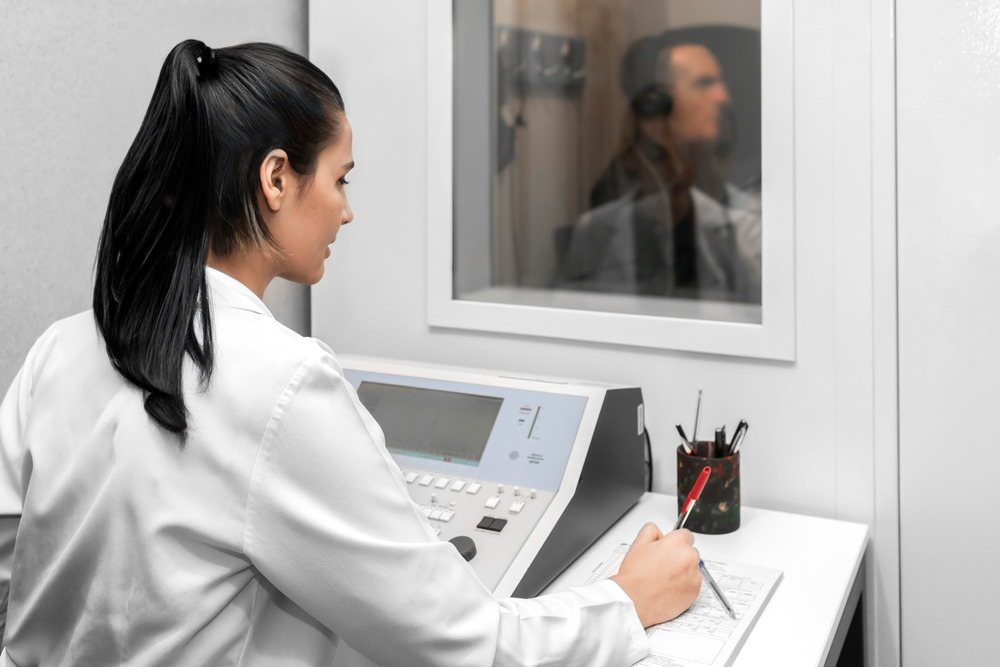According to the most recent data released by the HSE, 123 workers were killed in work-related accidents in 2021/22. Approximately a quarter of those deaths occurred in the Construction industry, and a further 18% each were attributed to the Agriculture, forestry and fishing sector and the Manufacturing sector, amounting to 22 deaths in each of those. As a profile of fatalities by industry, this is quite similar to data from previous years.
Around a quarter of those deaths were to workers aged 60 and over, and the most common cause of the fatalities that occurred have been falls from a height, followed by being struck by a moving vehicle. Again, both of those characteristics are similar to data from recent years.
As the HSE report states, there has been an overall downward trend in the occurrence of workplace fatalities in the long-term. However, during the most recent years before the coronavirus pandemic hit, the rate had been mostly flat, with the same tendency continuing in 2021/22.

Taking this data into consideration, one can assume the overall trend of declining workplace fatalities means that UK workplaces are becoming safer. This is further confirmed by the comparison with other European countries, with UK having one of the lowest workplace fatality rates, bettered only by Germany.
Is this truly the case, however, or is there more that must be done for the protection of UK workers? Stephanie Berkeley, manager of the Farm Safety Foundation, has made the following statement regarding the newly released HSE report: ‘Despite an improvement in the HSE figures over the past year, these are very sobering statistics.’ She continued to say that ‘…awareness may be one thing, but the time has come for action.’ This is why, during a campaign organised by the Farm Safety Foundation called Farm Safety Week, a new online training will be carried out, reminding farmers about the risks of working at height or with cattle, the importance of wearing a helmet when required, the Safe Stop procedures of vehicles, etc. As the Farming and Agriculture industry has one of the poorest safety records in the UK, taking steps that aim to educate employees about keeping safe at the workplace does seem necessary.

Furthermore, the HSE report mentioned above does not include deaths attributed to past occupational exposure. According to most recent data, 12,000 lung condition deaths each year are estimated to be related to past exposures at work. Furthermore, about 1.7 million workers were suffering from work-related ill health in 2020/21, either new or long-standing. Half of these conditions were related to stress, depression, and anxiety, 28% were linked to musculoskeletal disorders, and 22% were attributed to other types of illnesses. Although post-exposure conditions can take a long time to develop and the current number of individuals impacted from such reflects previous working conditions and not present ones, this only shows the major importance of focusing on prevention and investing in occupational health services, thus taking active measures to preserve not only the current health and safety of employees, but also their long-term well-being.

Focusing on the protection of employees’ health and safety would not only make workplaces safer, but it would also lead to cost reductions: the total cost of workplace-related injuries and ill health during 2018/19 has been estimated at a staggering amount of £16.2 bn.
So, what is the current prevalence of health-and-safety management at workplaces in the UK? According to data provided by the HSE, 98% of establishments in the UK have a document that states the health and safety responsibilities and procedures. However, only one in three establishments in the UK have a specific health and safety annual budget with just 70% of establishments having a health and safety representative or a representative of employee safety on site.
These numbers, as well as the most recent workplace fatalities data, show that more effort is needed in terms of action taken towards the preservation of workers’ safety in the UK. As prevention is key, investing in occupational health services is essential. Healthscreen UK provide a range of health surveillance tests and specialist services. Are you looking to take concrete steps towards increasing health and safety regulations at your establishment and preventing workplace fatalities? Browse our services here and book today to provide your employees with the care they deserve!







